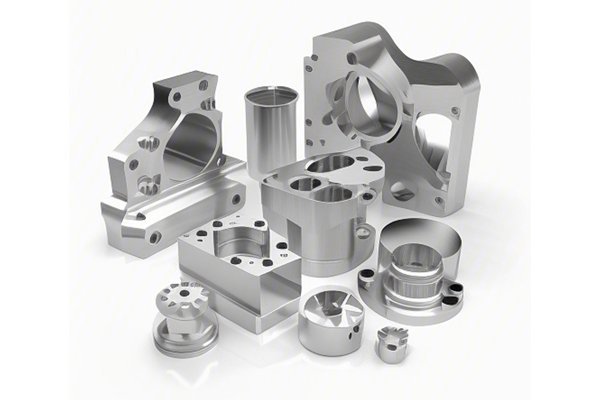Opening
Did you know that aluminum ranks as one of the most abundant metals on Earth, constituting approximately 8% of the Earth’s crust? This striking metal isn’t just abundant; it’s also incredibly versatile, especially in manufacturing. Among its many alloys, 6061 and 6063 aluminum dominate the CNC machining landscape due to their unique properties, particularly their corrosion resistance. As we delve deeper into the intricacies of these two popular aluminum alloys, we’ll uncover the fundamental differences in their corrosion resistance and explore how to choose the right material for your CNC machining projects.
An In-Depth Look at 6061 and 6063 Aluminum Alloys
What Are Aluminum Alloys 6061 and 6063?
Aluminum alloys are classified based on their composition and properties. The series 6061 and 6063 are both part of the 6000 series, which is primarily alloyed with magnesium and silicon.
Corrosion Resistance: A Critical Factor
Corrosion resistance is essential, especially for components exposed to harsh environments. In CNC machining, the choice of aluminum can significantly affect the longevity and performance of parts. Let’s explore the corrosion resistance of each alloy in detail.
6061 Aluminum Corrosion Resistance
6061 aluminum exhibits excellent corrosion resistance due to the formation of a protective layer of aluminum oxide on its surface when exposed to air. This natural layer acts as a barrier, preventing further oxidation. However, 6061 may lose its resistance in chloride-laden environments or under temperatures exceeding 65°C.
Key Factors Affecting Corrosion Resistance in 6061:
6063 Aluminum Corrosion Resistance
6063 aluminum provides a solid resistance to atmospheric corrosion. Its alloying elements allow it to create a protective layer similar to 6061, though it may be slightly less robust in demanding conditions.
Key Factors Affecting Corrosion Resistance in 6063:

Comparative Analysis: 6061 vs. 6063 Corrosion Resistance
When it comes to selecting between 6061 and 6063 aluminum for your CNC machining projects, a comparative analysis of their corrosion resistance can guide your decision:
Solutions for Enhanced Corrosion Resistance in CNC Machining
To ensure optimal corrosion resistance in CNC machined parts, various approaches can be employed throughout the manufacturing process:
Understanding the environmental conditions that the part will be exposed to is crucial. For marine applications, 6061 likely offers more resilience, whereas 6063 may suffice for internal structural uses.
Finishing techniques such as anodizing, coating, or painting can dramatically improve a part’s corrosion resistance.
Maintaining high quality during the CNC machining process can minimize the risk of weak points in the finished product.
For parts expected to perform under challenging conditions, regular inspections can help identify early signs of corrosion. Implementing a maintenance schedule that includes cleaning, evaluating coatings, and checking for mechanical integrity can prolong the life of the parts.
In summary, both 6061 and 6063 aluminum alloys possess exceptional corrosion resistance, but their mechanical properties and suitability for different applications can dictate the best choice for your CNC machining needs. By understanding the intricacies of each alloy and implementing effective solutions during manufacturing, you can ensure that your components not only meet but exceed performance expectations.
As the landscape of production and materials continues to evolve, manufacturers must consider these factors to seize opportunities and mitigate risks associated with corrosion. The decision between 6061 and 6063 aluminum is critical—and not just a matter of preference. It’s about ensuring the longevity, performance, and overall success of your machined components in an increasingly competitive marketplace.
Keep the importance of material choice at the forefront of your projects, and remember that the right selection can yield significant returns in durability and efficiency. Engage with your materials intelligently and watch your operations flourish.






